Let's Pause for a Moment of Wonder at the 'North Shore' of Minneapolis
A photo essay on what it's like to see the Mississippi River in a whole new way.
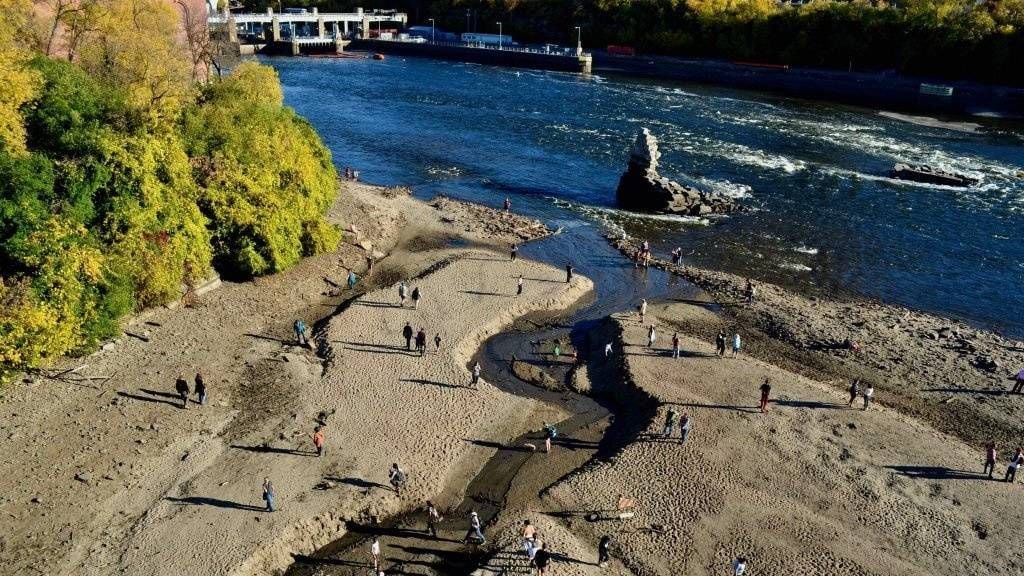
When the U.S. Corps of Army Engineers announces they are going to draw down the water level of the Mississippi River so they can maintain some of their infrastructure, you best believe news is going to spread. Wanting to see what a less mighty Mississippi looks like for myself, I strolled the Stone Arch Bridge to bear witness. I've peered down at the river from this vantage point before, but what I saw this time was more magnificent than any spring-melt-fueled raging whitewater.
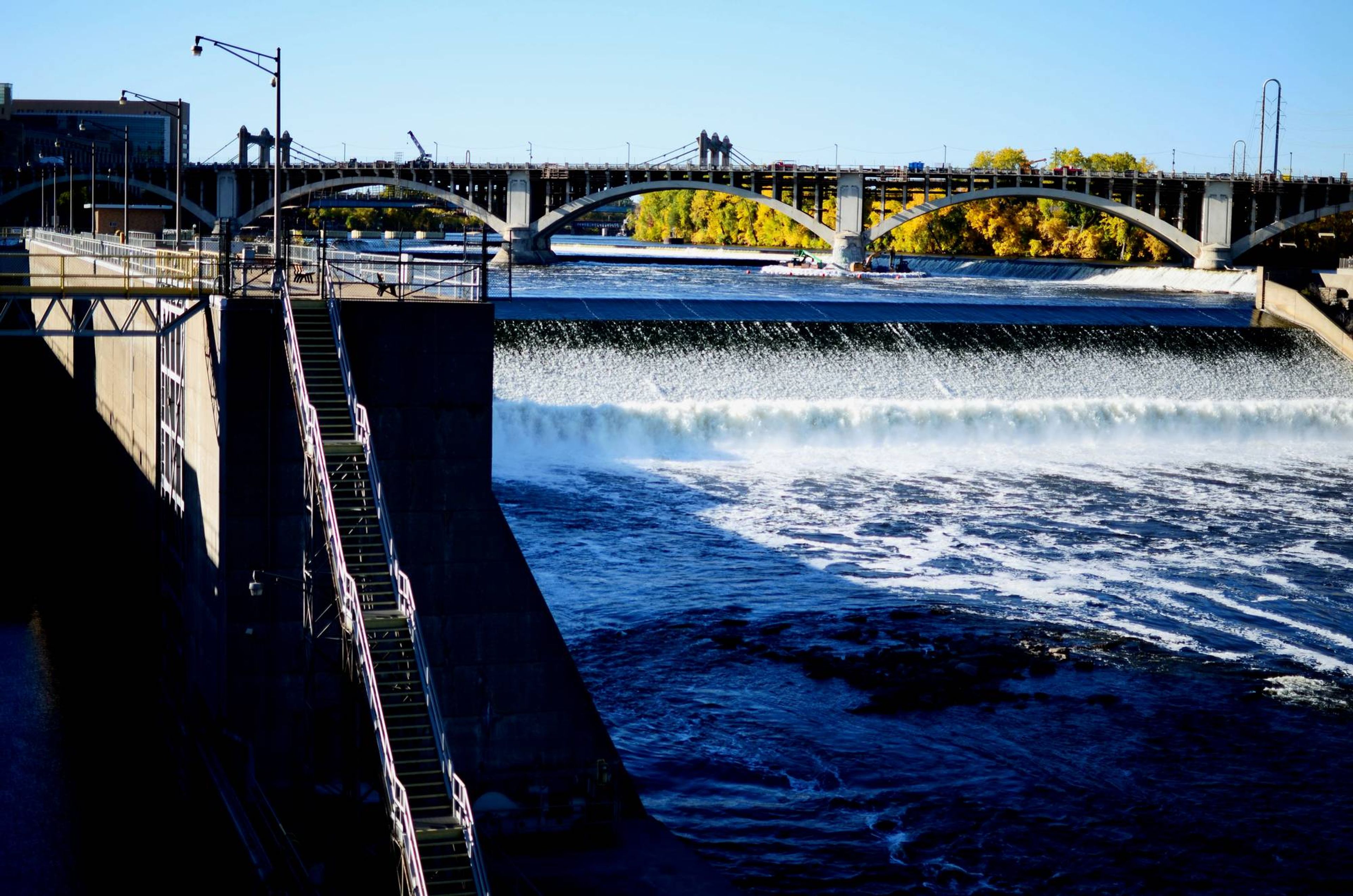
I saw people. Hundreds of people exploring an urban waterfront. Children climbing on rocks like they do at Canal Park in Duluth. A man with a metal detector scouring the unburied bottom and digging holes, looking for who knows what. People were posing for selfies in places selfies usually aren't posed. Walkers. Bikers. Photographers. They were all on top of or below the old bridge spanning the Mississippi River on a lovely October evening.
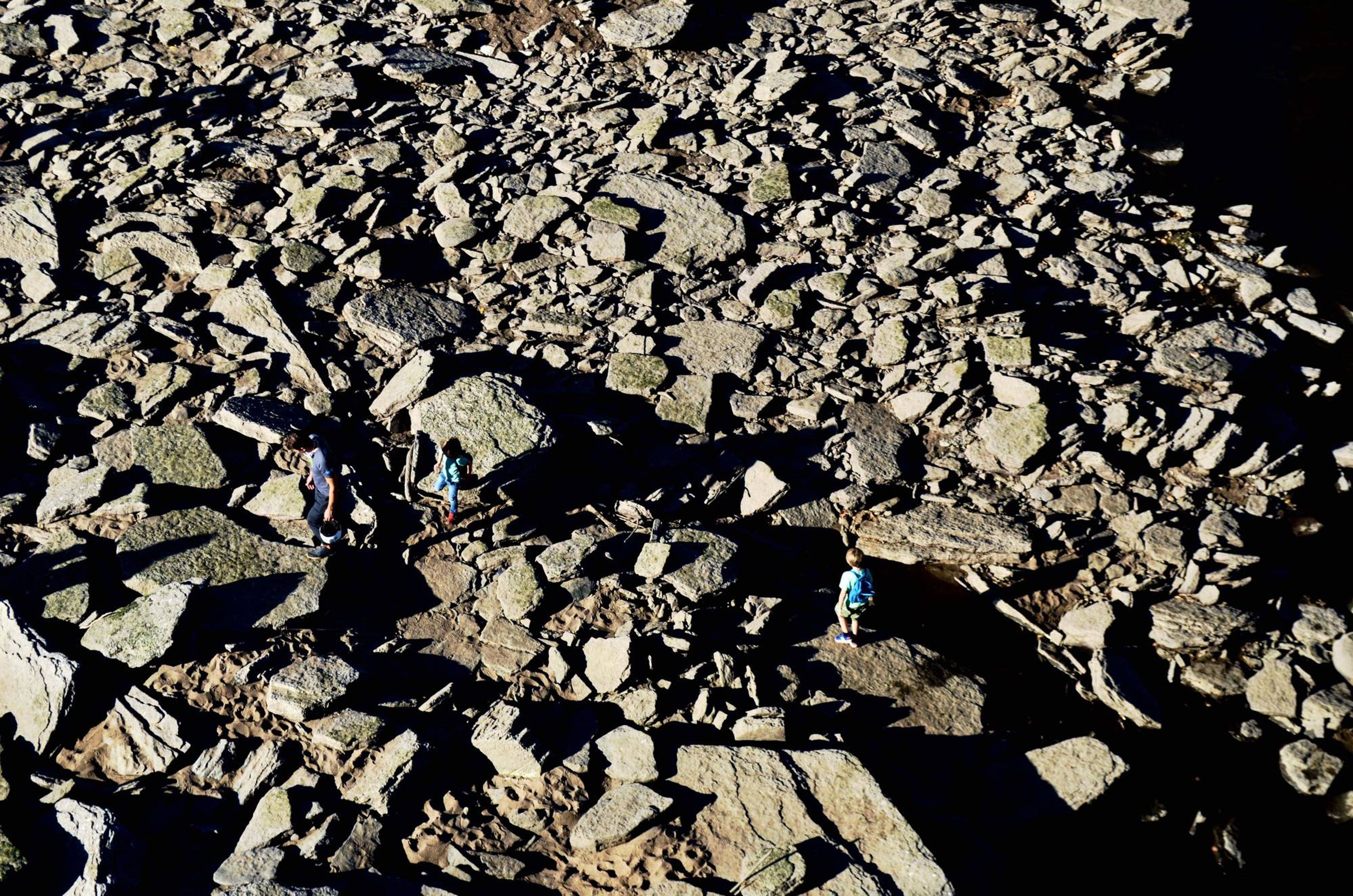
The draw to a shoreline and the call of moving water is powerful. Even more powerful to me is to know that the act of the U.S. Army Corps of Engineers allowed people the opportunity to see the river in a new way. They left their apartments or made a drive in from the suburbs into the heart of the largest city in Minnesota to commune with nature.
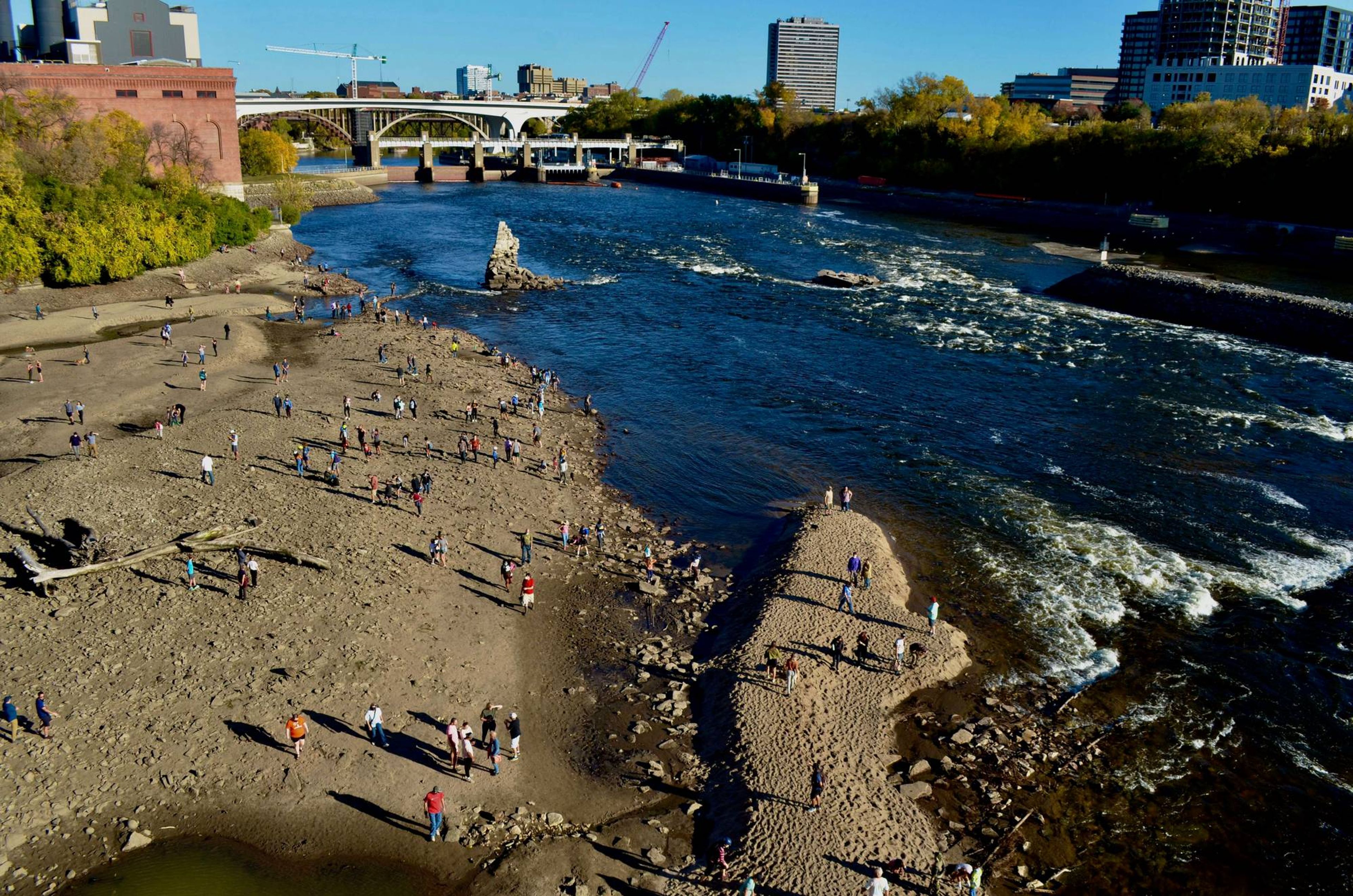
On a Wednesday evening - a month before the election of 2020, during a pandemic, the same day a former police officer who knelt on the neck of George Floyd made bail and walked out of prison - so many people took some time for themselves to see their surroundings, and perhaps their personal outlook, in a new way.
What would it be like if the river was always this low? Would exposed shoreline continue to draw people closer to what is usually a very scary and turbulent waterway? If the river were ever allowed to go back to its natural state, would Minneapolis tourism and recreation rival what we see on the North Shore? Could a slower-paced river with it's exposed sand bars create greater opportunities for urbanites to feel more a part of our natural world? I cannot answer any of these questions, but contemplating these, as opposed to all of the current news headlines, provided me with just a moment of wonder.
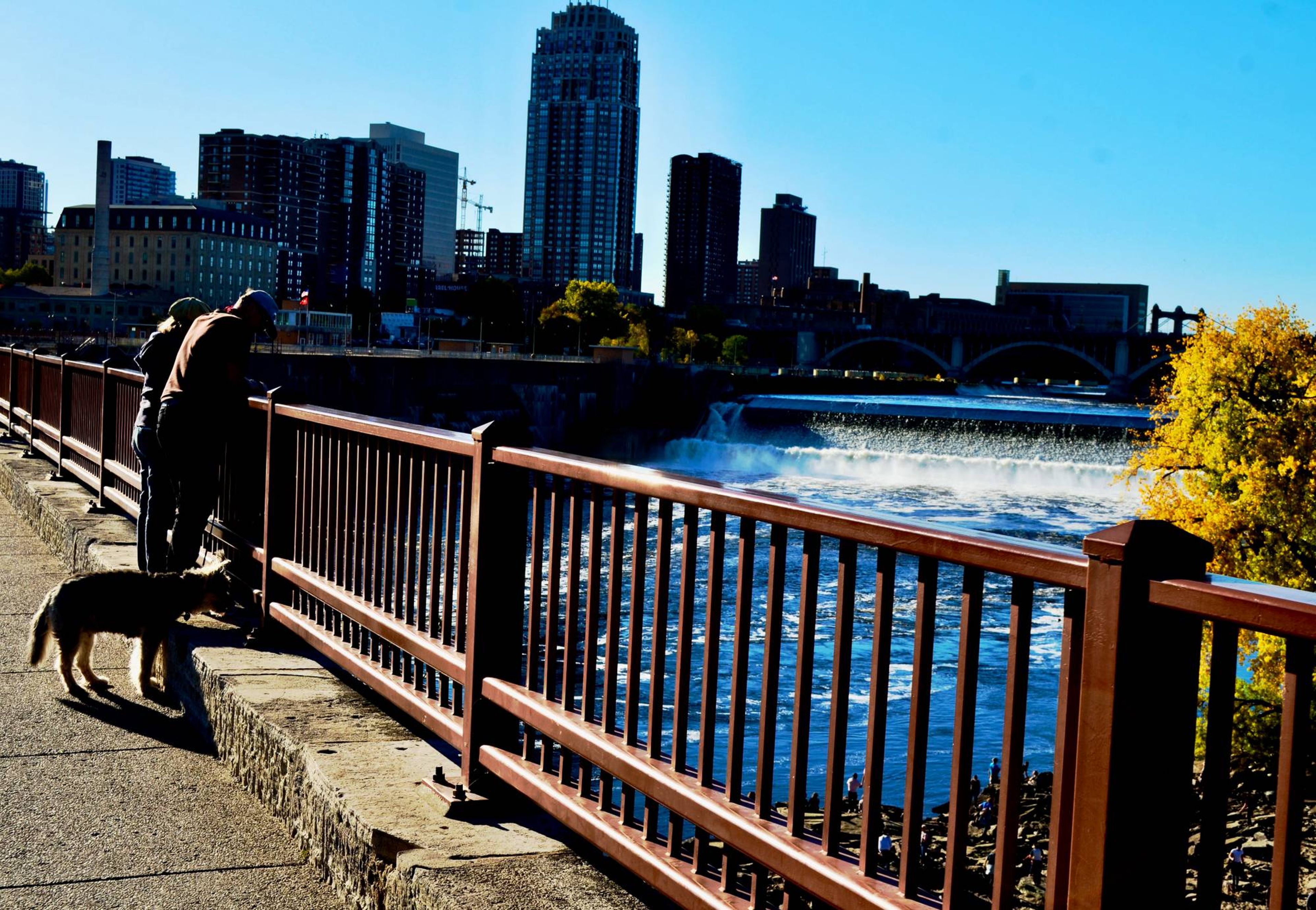
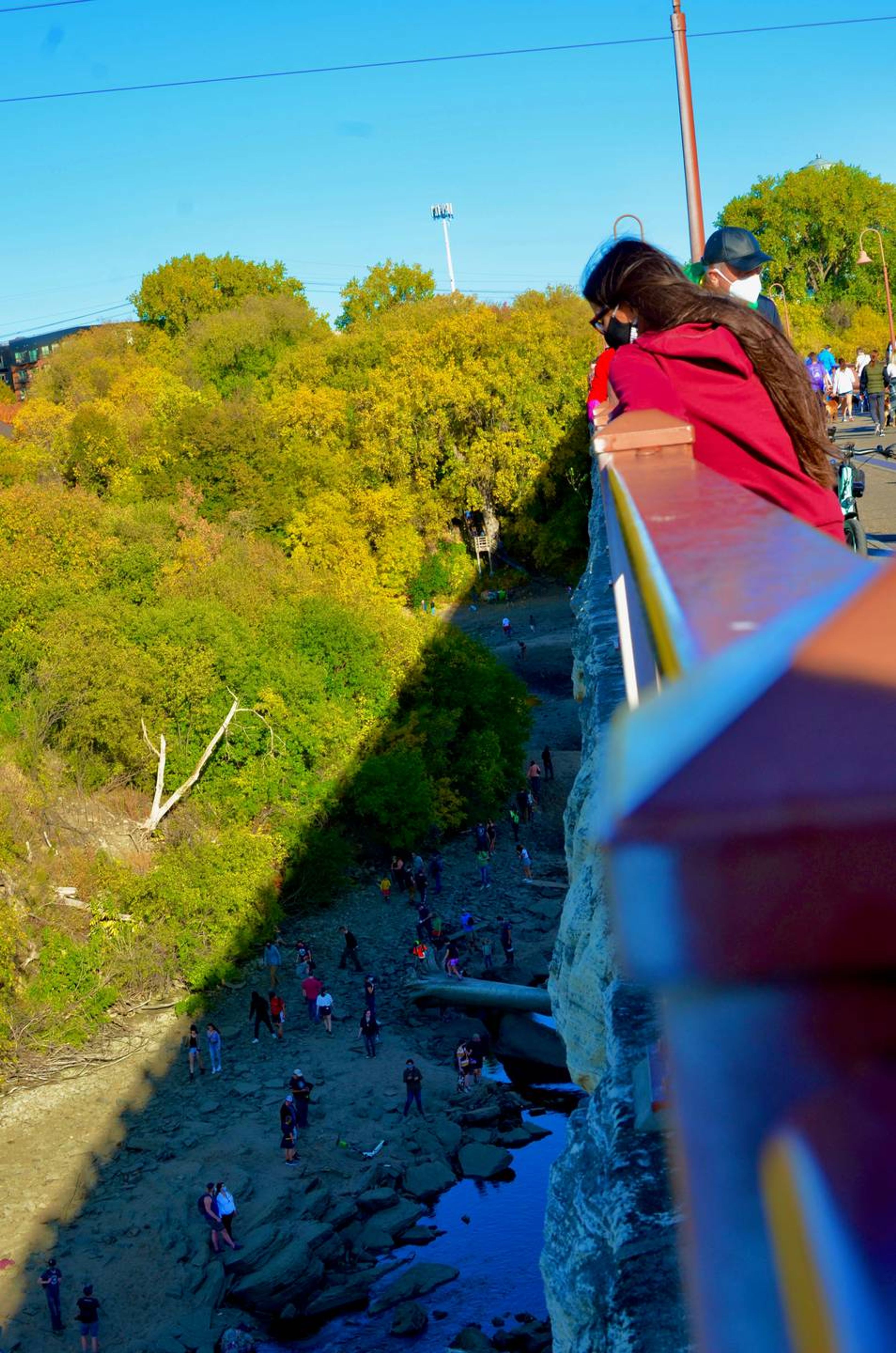
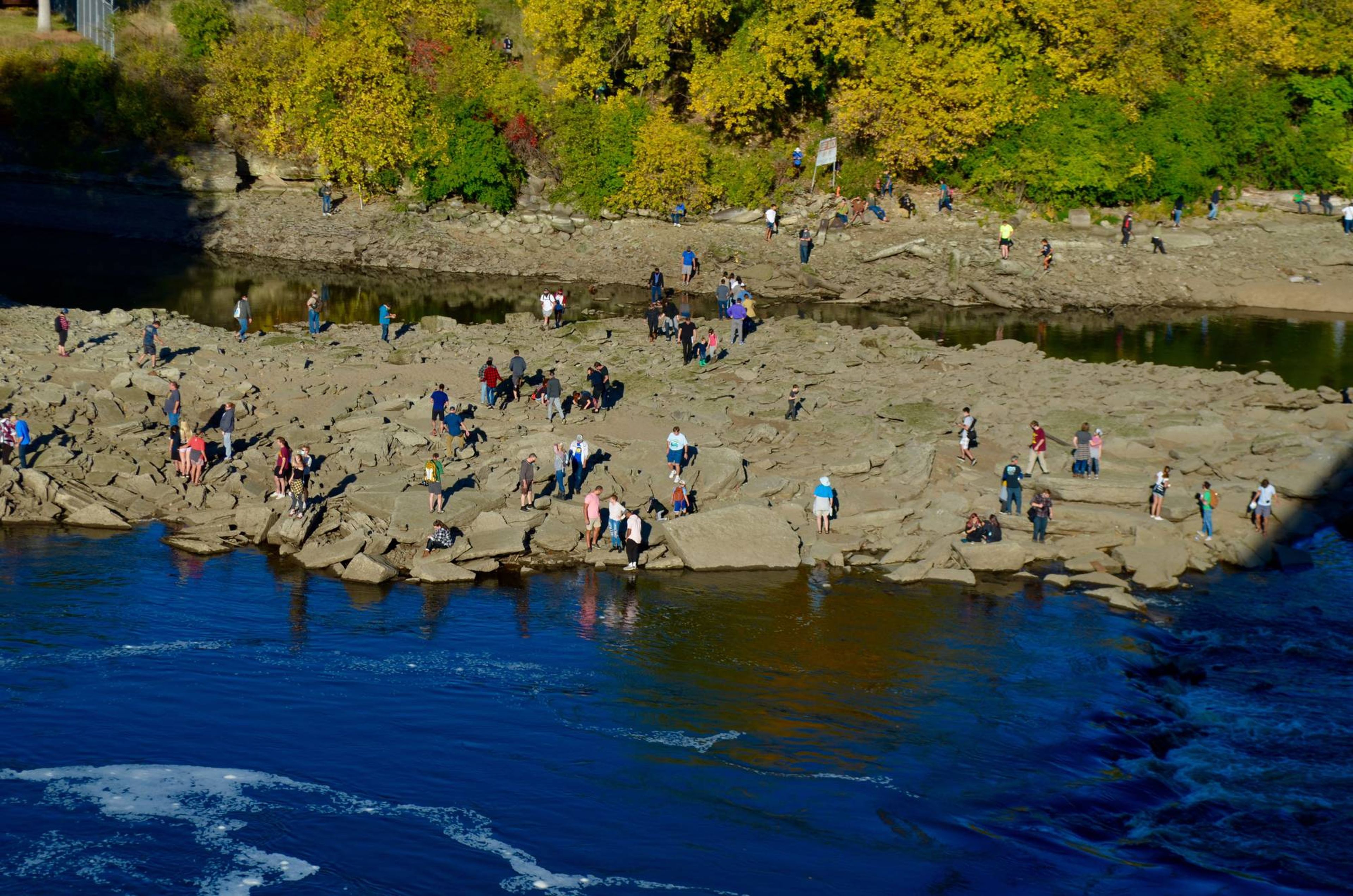
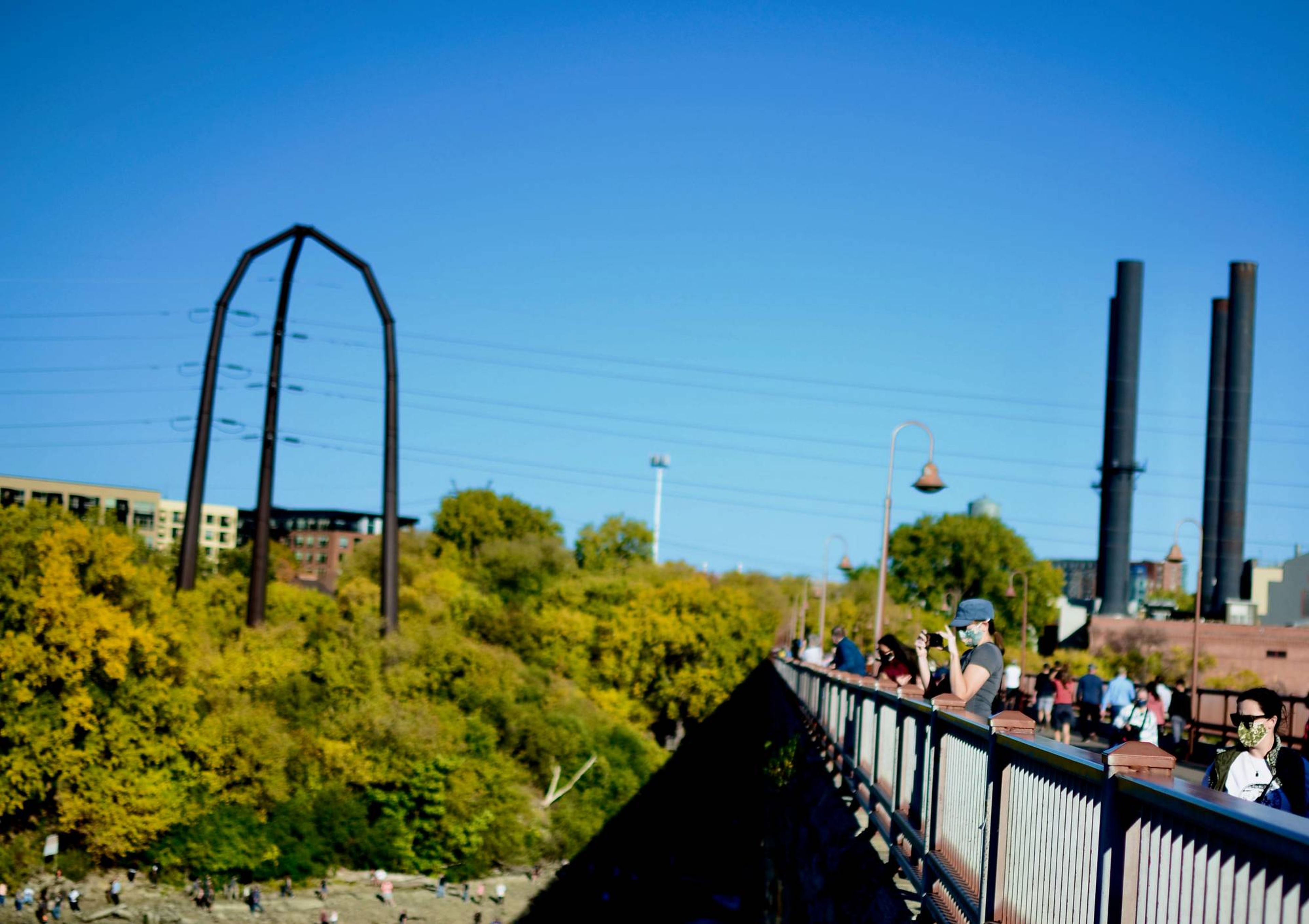
Twin Cities PBS Producer Luke Heikkila is no stranger to taking in the sights of Minnesota's famous waterways. In recent history, he ventured north to take in the experience of an angry Lake Superior swept up in a powerful gale that blew in 86-mile-an-hour gusts and sent waves upwards of 20 feet. He even captured video of the occasion.
Maxine Davis is a documentary filmmaker whose love of the outdoors has always been a source of strength and peace. In her film, Women Outward Bound, Maxine reconnects with the first females accepted into the rigorous wilderness education program. In 1965, 24 women experienced challenges and triumphs and together made history. Discover more about how the outdoors has shaped her career and her life.
